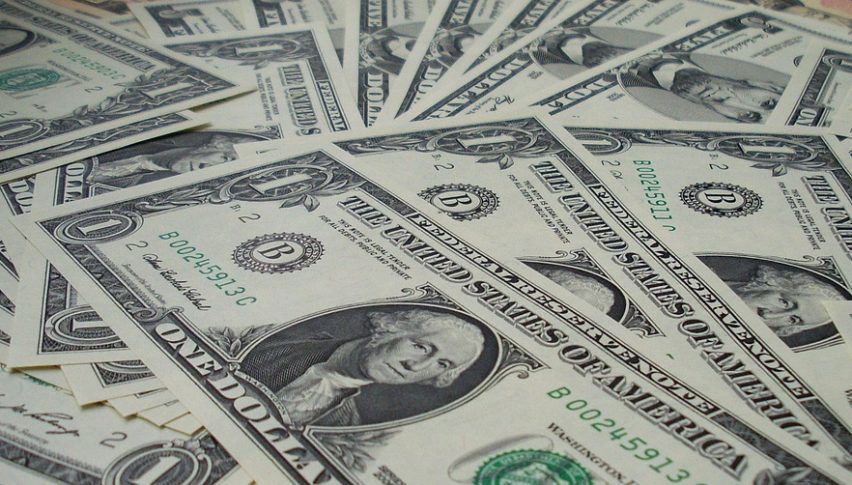U.S dollar holds its turf against Yen amid a dovish Fed
The U.S. dollar index traded at 105.16 index points after hitting a low of 104.52 on Friday, this year, the index has increased by almost 4%

The U.S. dollar showed stability at the first trading session of the week amid expectations that the Federal Reserve will continue to cut rates this year, which was reinforced by a weak jobs report. In contrast, the yen fell following last week’s alleged intervention that caused a wild ride. The index of the dollar, which gauges the strength of the greenback when compared to six of its peers, was at 105.16 index points after hitting a low of 104.52 on Friday, this year, the index has increased by almost 4%.

The previous week saw the highest rate of decrease in futures traders’ net-long exposure to the US dollar in five months. And that was before the NFP job growth fell short of forecast, ISM manufacturing contracting, ISM services softening, and the Fed announced at its Wednesday meeting that they would not be raising rates further. Thus, there’s a good likelihood that futures traders have eliminated more long positions and reinstated short positions.
It needs to be clarified how much more fall the US dollar could face from here, as traders will need to see more declines in incoming data before they can reprice the multiple cuts they are so urgently seeking.
However, one could counter that, by recent standards, positioning for the US dollar is still high, and price behavior on the US dollar index indicates that a regression against its 6% comeback from the December low has started.
The yen recorded its largest weekly increase since early December 2022, after two episodes of alleged Tokyo intervention to rescue the currency from a 34-year low of 160.245 per dollar. In a week, it increased by 3.5%.
Britain and Japan are also closed on Monday for holidays, which is probably why there will be fewer people. Currency speculators, however, will be extremely vigilant in the short term partly because Japanese authorities chose to intervene in the currency market during the quiet times of last week.
As interest rates in the US have increased and those in Japan have remained low, the yen has been under pressure as investors have shifted their funds from yen to higher-yielding assets.
The most recent weekly update from the U.S. government revealed that in the week ending April 30, non-commercial traders—a group that encompasses hedge funds and speculative trades—cut their short positions in yen to 168,388 futures contracts, which is still quite near to their largest bearish positions since 2007.
- Check out our free forex signals
- Follow the top economic events on FX Leaders economic calendar
- Trade better, discover more Forex Trading Strategies
- Open a FREE Trading Account


